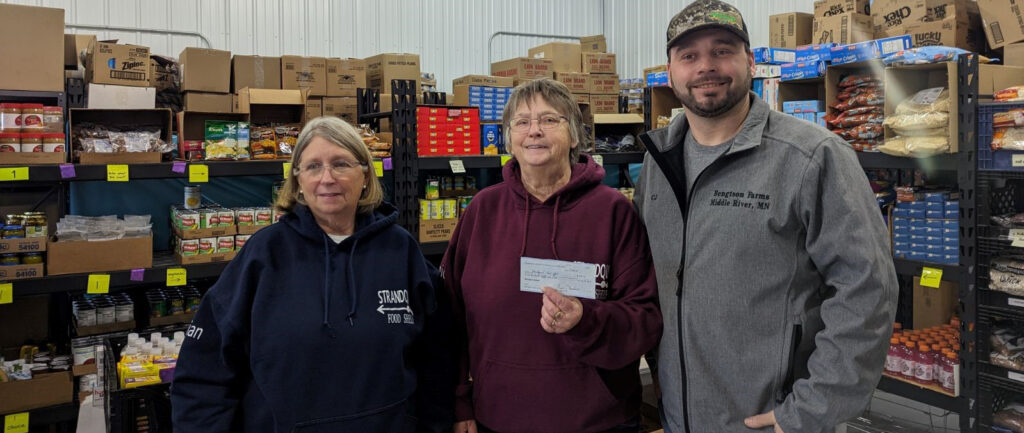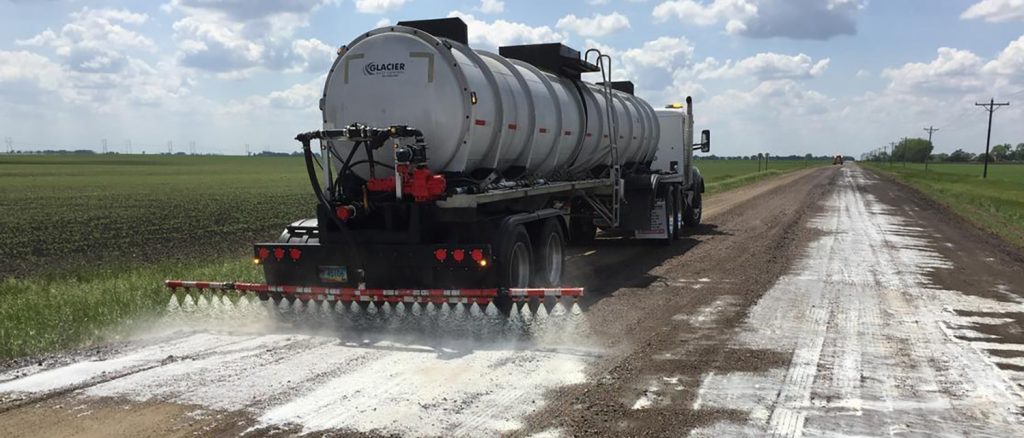Leaders from the Minnesota Soybean Research & Promotion Council attended the unveiling of South Dakota State University’s Precision Ag Center. The Council invested checkoff funds into the $46.1 million Raven Precision Agriculture Center building project.
“The Council is proud to be a sponsor of this facility,” said MSR&PC Chair Joe Serbus, who attended the event alongside Directors Cole Trebesch and Gail Donkers. “The Precision Ag Center will help train the next generational of ag professionals, increase farmer profitability throughout our region and will help develop value-added products.”
The building will support modern precision farm equipment, 15 teaching labs, 12 research labs and 22 collaborative spaces.
“We are thrilled to be welcoming our students and members of the public to celebrate the opening of this state-of-the-art facility. We appreciate the support of the many. … stakeholders who helped to make this new hub of teaching, research and outreach possible,” said John Killefer, Dean of the College of Agriculture, Food and Environmental Sciences. “The learning and leading taking place in this new building will be happening in an innovation ecosystem supported by collaboration across several disciplines in the College of Agriculture, Food and Environmental Sciences, and the Jerome J. Lohr College of Engineering.”
In 2016, SDSU became the nation’s first land-grant university to offer both a bachelor’s degree and minor in precision agriculture. SDSU introduced a minor in precision agriculture in 2015. As of May 2021, 36 students have graduated with a degree in precision agriculture. Currently, 82 students are enrolled in the precision agriculture major and 57 students have declared precision agriculture as a minor for the fall 2021 semester.

“The precision agriculture degree keeps students at the cutting edge of the intersection of agronomics, high-speed sensor technology, data management and advanced machinery development,” Killefer said. “The new Raven Precision Agriculture Center features spaces to house modern precision farm equipment, 15 teaching labs, 12 research labs and 22 collaborative spaces. Scientists from a variety of departments and agricultural industry partners can collaborate in research, education and outreach activities. The ability to participate in experiential learning with both peers and industry mentors will prepare our students for lifelong careers that support economically and environmentally sustainable agriculture.”
Additionally, the building hosts just under 500 students studying agricultural and biosystems engineering, agricultural systems technology, agronomy and agricultural science for hands-on laboratory and classroom experiences.
“This facility is really incredible,” Donkers said. “I think it’s a great endeavor for our board to support. It’s going to do great things for the ag economy in our region, including Minnesota.”







